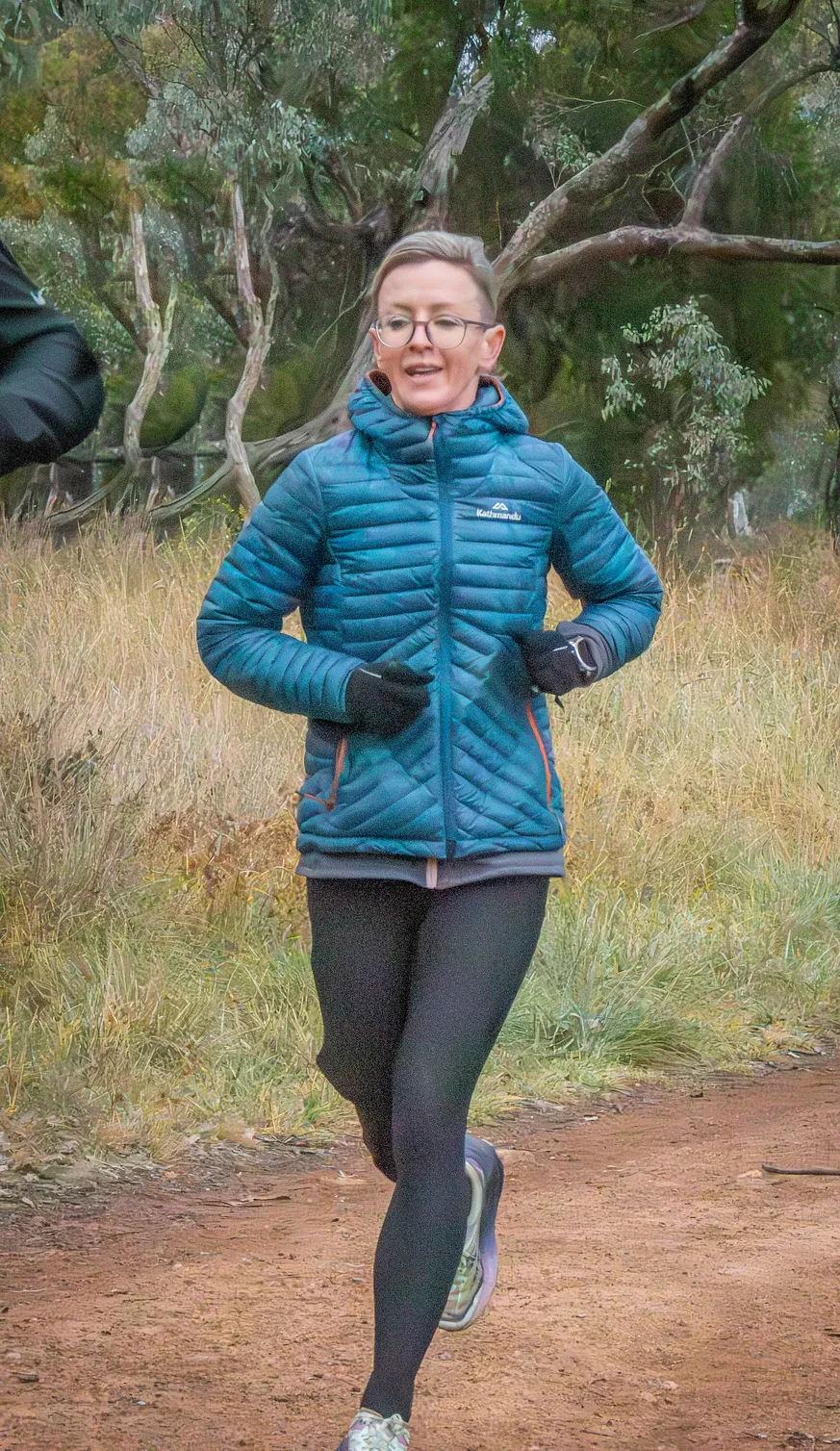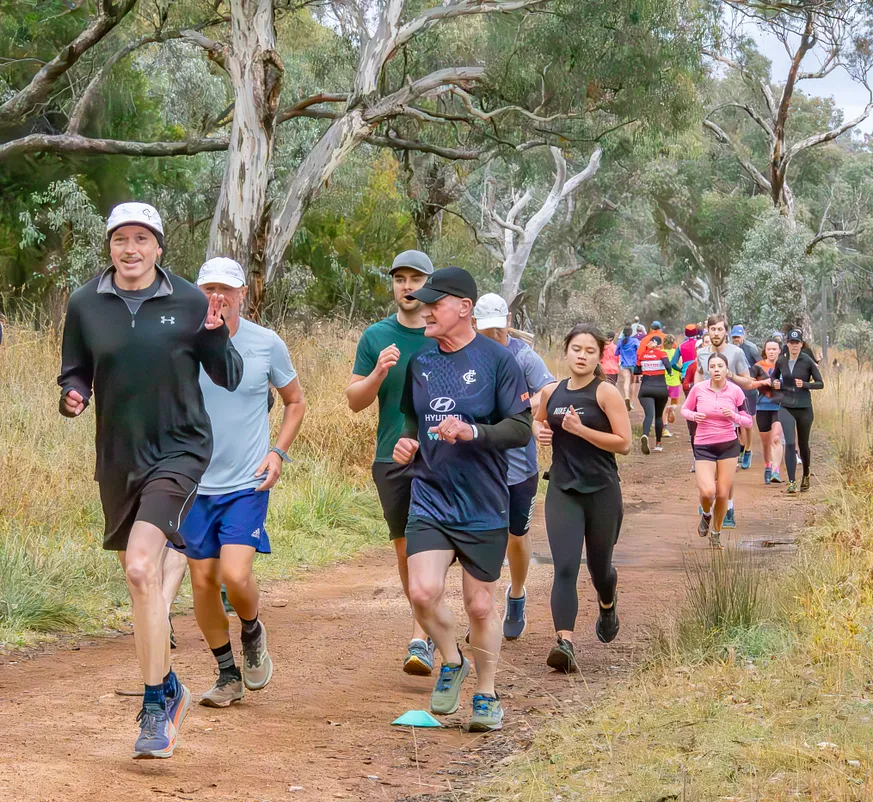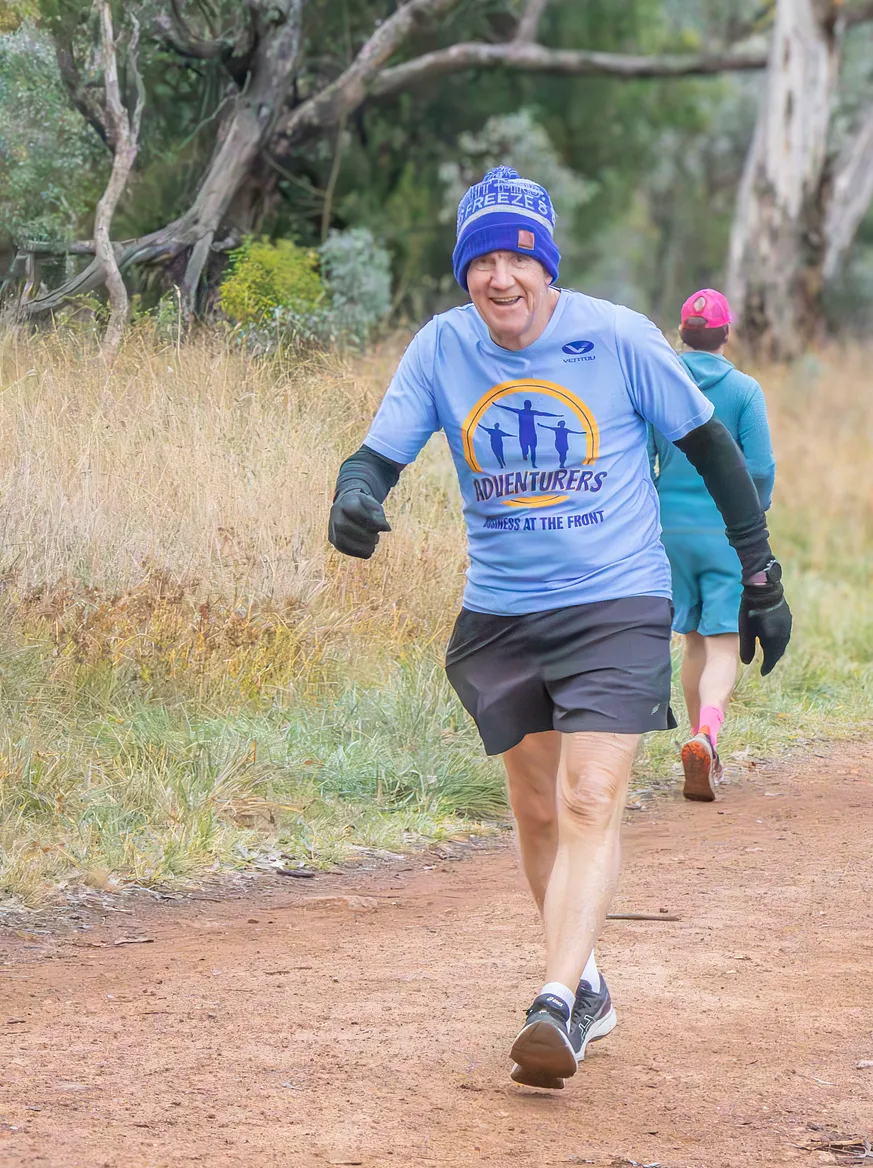Summary
The 'Vollie Fiasco' serves as a critical case study on how unforeseen events can disrupt large-scale sporting events, affecting everyone involved from photographers to volunteers. Key Points:
- The 'Vollie Fiasco' has led to significant reputational damage and financial losses for photographers and event organizers in the sports photography community.
- A breakdown in communication between event organizers, volunteers, and photographers contributed to safety failures, highlighting the need for improved information flow.
- Implementing best practices for volunteer management—such as clear role definitions and effective training—can prevent similar incidents and strengthen future volunteer engagement.

Key Points Summary
- Sports photography captures the action of all types of sports and sporting events.
- Professional photographers, like Tom Jenkins, offer tips to enhance sports photography skills.
- Key elements for great sports photos include timing, focus, and understanding the sport.
- The World Sports Photography Awards is a major competition showcasing top talent in this field.
- Essential gear for sports photography includes fast lenses and cameras with high shutter speeds.
- Following renowned sports photographers can provide inspiration and insights into their techniques.
Sports photography is an exciting way to capture the thrill of athletic events. Whether you`re a hobbyist or looking to go pro, learning from experts can really elevate your game. With the right gear and some solid tips, anyone can start snapping those incredible moments that make sports so captivating.
Extended Comparison:| Key Elements | Tips from Experts | Latest Trends | Gear Recommendations | Inspiration Sources |
|---|---|---|---|---|
| Timing | Practice panning shots to capture motion. | Use burst mode to increase chances of capturing the perfect moment. | Fast prime lenses (f/2.8 or faster) for low light conditions. | Follow photographers like David Burnett on social media. |
| Focus | Utilize continuous autofocus settings for moving subjects. | Experiment with different focal lengths for unique perspectives. | Mirrorless cameras gaining popularity due to their fast autofocus capabilities. | Check out portfolios of award-winning photographers from the World Sports Photography Awards. |
| Understanding the Sport | Study the rules and key moments to anticipate action. | Take part in local sports events as a volunteer photographer to gain experience. | Emerging trends include using drones for aerial sports photography. | Attend workshops by professional sports photographers. |
| Composition Techniques | Apply the rule of thirds and leading lines in framing shots. | Incorporate storytelling elements by capturing athletes’ emotions during competition. | Post-processing techniques are evolving with AI enhancements. | Engage with online communities focused on sports photography for feedback. |
| Lighting Conditions | Shoot during golden hours for optimal natural lighting. | Explore new LED lights designed specifically for sports venues. | High ISO performance is critical; newer cameras excel in low-light situations. | Read articles from prominent photography magazines about lighting innovations. |
Essential Roles in Race Execution: Turn Marshal and Photographer
The author's role as the turn marshal was pivotal in ensuring the smooth execution of the race. Positioned at the 2.5-kilometer mark of the out-and-back course, they meticulously placed brightly-colored plastic cones and smaller markers. This careful setup provided clear and accurate direction for the runners, guiding them seamlessly along their path.Capturing photographs of this event posed another layer of challenge. The author had to decide between handheld shooting or setting up a tripod, all while keeping the camera shutter release readily accessible. This required not only quick reflexes but also precise timing to capture runners as they entered the frame, resulting in dynamic and engaging shots that highlighted key moments of the race.
Covering the distance at my best pace would typically take me twenty minutes, but given that I was in "street clothes" and carrying a heavy pack, walking was my only option. I greeted the crew briefly - Giles, who was serving as today's Run Director, and Kate, who had already checked and marked out the course - before quickly putting on a vest and starting my journey.}
{It felt like a luxury to stroll along the course instead of alternating between running and walking when my stress levels spiked. The camera bag slung over my shoulders, complete with a chunky tripod on one side and several extra lenses along with batteries inside, made running impractical.

Diversifying Lenses for Enhanced Event Photography
The author highlights the diverse range of lenses they used with their Canon Eos M6 camera, enhancing their ability to capture various aspects of the event. Wide-angle lenses allowed for expansive shots of the course, offering a grand view that encapsulated the entirety of the race environment. Telephoto lenses were instrumental in zooming in on runners, capturing intimate moments and emotions from afar without disturbing them. Additionally, macro lenses provided an opportunity to focus on intricate details such as athletes' gear and personal nuances that might otherwise go unnoticed.Moreover, the Leica D-Lux was included as a backup due to its renowned image quality and versatility. This compact digital camera served as a reliable secondary option in case any issues arose with the primary equipment. The foresight in bringing this additional device ensured that no critical moments would be missed during the event, thus maintaining comprehensive coverage throughout.
Essential Camera Considerations for Optimal Photography
In the world of photography, even seasoned photographers can encounter unexpected challenges that impact their work. One notable incident was an exposure mishap where the ISO setting was inadvertently set to a staggering 16000 in broad daylight. This oversight led to images plagued with excessive noise, underscoring the critical need for meticulous review of camera settings tailored to current lighting conditions.Another significant hurdle involved autofocus and lens limitations. Despite having a camera equipped with robust autofocus abilities, using a 55-200mm lens proved problematic. The combination of its length and slower speed made it difficult to capture sharp images of fast-moving subjects like runners, especially from a considerable distance. These experiences highlight the importance of selecting appropriate equipment and verifying settings before shooting sessions to ensure high-quality results.
The runners eventually arrived on the scene, and I captured their images using autofocus and burst mode. Everything appeared to be in perfect order.





The Convergence of Athletic Prowess and Photographic Mastery: Capturing the Essence of Running Events
Ada's performance in this race is a testament to the fact that even seasoned runners and mothers can achieve personal bests when freed from additional responsibilities. The course layout and race dynamics, meticulously captured by the photographer, further underline the technical expertise required to highlight the nuances of such running events. Not only does this include capturing varying participant speeds but also strategically positioning oneself to get the most compelling shots. This blend of athletic achievement and photographic skill paints a comprehensive picture of what makes these races so captivating.




Mastering Lens Selection and Safety for Exceptional Sports Photography
Photographing sporting events requires a keen understanding of lens selection to ensure optimal image quality. The focal length plays a pivotal role in capturing sharp and distortion-free images. While phone cameras with shorter focal lengths are convenient, they often introduce excessive distortion, compromising the integrity of the photograph. In contrast, lenses with longer focal lengths offer clearer and more flattering perspectives, making them ideal for sports photography.Additionally, managing potential hazards is crucial for photographers at these events. Awareness and precautionary measures are necessary to navigate slippery surfaces, avoid fast-moving athletes, and circumvent obstacles that could lead to falls or injuries. By balancing technical expertise in lens selection with vigilant safety practices, photographers can effectively capture the dynamic essence of sporting events while ensuring their well-being.
I chose my 55–200mm lens, which meant I couldn't capture subjects too close to me, but it allowed me to focus sharply on individuals farther down the track. For those interested, you can view all my photos here. While it's not every single shot I took, these are the ones I've carefully selected, edited, and enhanced for noise reduction.

Unleash the Power of Lightroom: Enhance and Refine Your Digital Photography
In the realm of digital photography, achieving professional-grade results often hinges on the ability to manipulate and enhance images with precision. Lightroom stands out as a powerful tool for photographers due to its advanced image processing capabilities. One such capability is its sophisticated AI algorithms that enable precise and selective blurring of specific image elements. This allows photographers to create realistic depth-of-field effects without needing specialized lenses, significantly enhancing the artistic quality of their work.Another critical feature of Lightroom is its noise reduction and artifact removal tools. These tools excel in filtering out unwanted noise while preserving the sharpness of the image, resulting in clean and high-quality photographs. Furthermore, Lightroom's object removal tool efficiently eliminates distracting elements from a scene, ensuring that the final image is pristine and free from imperfections.
Together, these features make Lightroom an indispensable asset for photographers seeking to refine their images meticulously. By leveraging advanced blurring techniques alongside robust noise reduction and artifact removal functionalities, photographers can elevate their craft to new heights, producing visually stunning results that captivate viewers.

This photograph was captured just moments after the artificially-blurred one shown earlier. I chose to keep everything in sharp focus this time, primarily because I wanted to highlight the joyous expression of the dog in the scene.







I’ll confess, I'm a complete enthusiast when it comes to smiles, children, and dogs at parkruns. No matter how the photos turn out, the element of cuteness always adds an extra layer of charm.}
{There's no denying it—I have a soft spot for grinning faces, playful kids, and happy dogs during parkrun events. Regardless of the quality of the pictures taken, such adorable moments inevitably elevate the experience.

Tailwalkers: Essential for Inclusivity and Practicality at parkrun Events
Tailwalkers are integral to ensuring parkrun's inclusive nature, making sure no participant is left unsupported throughout the course. Their presence not only helps participants feel encouraged and motivated but also fosters a sense of camaraderie and community spirit within the event. Additionally, tailwalkers play a crucial role in collecting marker cones, which are essential for maintaining the safety and efficiency of parkrun events. These cones act as visual guides for runners and assist in effective crowd management, contributing to a smooth and enjoyable experience for everyone involved.As we meandered along, we gathered up the plastic marker cones that lined our route. Once at the nearly empty finish area, we dropped them off and received our tokens. After getting our barcodes scanned, we struck a pose for the mandatory volunteer photo.

That's Giles, the Run Director, barely visible behind the smiling faces in the photo. And there I am, chuckling beneath my whimsical hat. It was a fantastic day out, despite my initial blunder with the camera settings that required a day and a half to correct. So, this marks my debut as an active volunteer rather than just a media professional. - Peter}
{There’s Giles, almost concealed by the joyful expressions in the picture frame – our dedicated Run Director. As for me, you can spot me laughing heartily under my quirky hat. The outing was superb even though I botched my camera settings and had to spend over a day fixing my photos. This experience signifies my first real stint as a hands-on volunteer instead of merely being a journalist.- Peter

References
Sports Photography: Everything You Need to Know to Get Started
Sports photography is a type of photography that covers every sport and sporting event, capturing the action of a game and ...
Source: FormatTom Jenkins' 10 Top Tips For Better Sports Photography
Professional sports photographer Tom Jenkins shares his top tips for taking better sports photographs, and busts some myths.
Source: Canon GeorgiaSports photography: Tips for getting started
Capture incredible live action shots and the thrilling moments of live sports with your camera. Learn how to get started in sports photography with Adobe.
Source: AdobeSports photography
Sports photography refers to the genre of photography that covers all types of sports. A sports photographer looking ...
Source: Wikipedia20 Sports Photography Tips for Beginners
This article includes some important tips to help improve the quality of your sports photography and take ...
Source: Photography LifeWorld Sports Photography Awards
The World Sports Photography Awards is the world's biggest and most prestigious sports photography competition.
Source: World Sports Photography AwardsGuide to Sports Photography
This comprehensive guide covers the sports photography basics, what you need to know and the gear you'll need to start ...
Source: mpb.comThe 10 Best Sports Photographers To Follow For Inspiration
The 10 Best Sports Photographers To Follow For Inspiration · 1. Chris Burkard · 2. Dave Lehl · 3. Lucas Gilman · 4.
Source: Great Big Photography World


 ALL
ALL sports
sports
Discussions